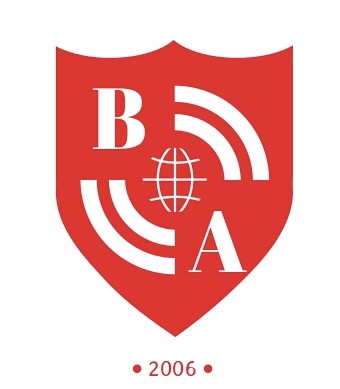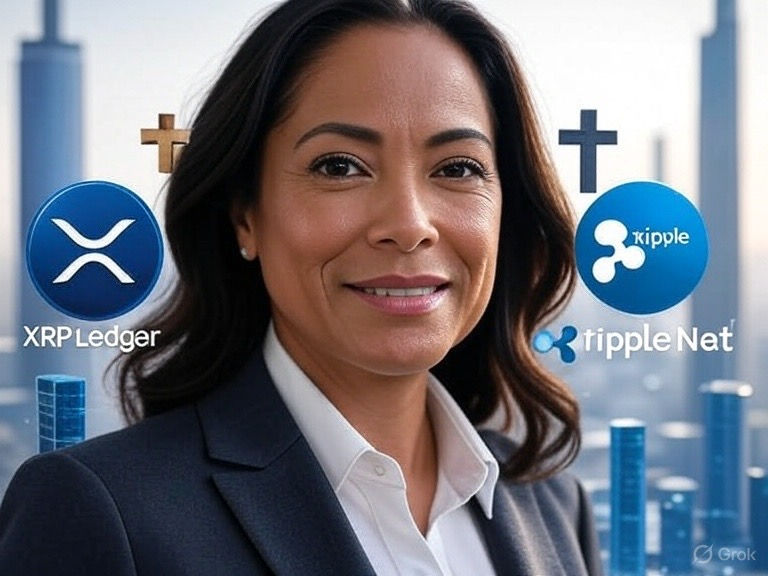A Brief History of NFTs (Part 2)
- Business Anthropology

- Oct 12, 2022
- 3 min read

2012: Colored coins were created on Bitcoin’s blockchain to represent ownership of real-world things like coupons, property and collectibles. Colored coins are thought by many to represent the beginning of NFTs. These tokens were rudimentary and lacked a lot of the use of today’s NFTs. Nonetheless, they began a conversation about unique blockchain-based assets.
2014: Counterparty was a peer-to-peer financial platform based on the Bitcoin blockchain that allowed users to create and exchange their own currencies. Counterparty was important for the evolution of both altcoins to NFTs. The first NFTs on the platform resembled use cases that we recognize today. Several memes and games were placed on the platform as NFTs following its launch. 2016: The first Rare Pepe NFTs were introduced and quickly gained widespread popularity. Rare Pepe NFTs effectively kickstarted the visibility of Crypto Art. Pepe NFTs became tradable with the introduction of “Rare Pepe Wallets,” and there was even a Rare Pepe auction in the following years which was a precursor to modern day marketplaces.
2016 to 2019: NFT collections like CryptoPunks began to showcase the potential of NFT art and collectibles on the increasingly popular Ethereum blockchain. New NFT marketplaces like OpenSea, SuperRare and KnownOrigin were launched. NFTs could be easily created on platforms like Mintable and Mintbase.
2020: NFT marketplaces developed. Existing NFT marketplaces were updated and new platforms like Rarible and Cargo were released. Before 2020, NFT creators had to program smart contracts themselves if they wanted to add features like bulk creation and unlockable content to their NFTs. New platforms meant these features were now readily available in a user-friendly fashion during the NFT minting process.
2021: If 2020 was the year the wider public became aware of NFTs, 2021 was the year the NFT market exploded. Celebrities and established brands became interested in NFTs and NFT art gained mainstream popularity. Beeple’s “Everydays: the First 5000 Days” sold for $69.3 million at Christie’s art auction, only to be topped by the $91.8 million sale of Pak’s “The Merge” in early December. Pak’s NFT was sold to more than 28,000 users who bought over 260,000 shares in his artwork – valuable proof of fractional ownership. The first-ever Twitter post was sold as an NFT for $2.9 million in 2021. Over the year, CryptoPunks and Bored Ape Yacht Club NFTs routinely sold for hundreds of thousands of dollars and yesterday’s memes were re-sold as today’s NFTs. Songs, albums and books were released as NFTs. Meanwhile, experts continue to develop new uses for NFTs outside of the creative industries. Today/most recently the country of Colombia is utilizing Ripple Blockchain Technology and NFTs for Real Estate.
SUPPLEMENTAL INFORMATION: CryptoPunks are uniquely generated 8-bit style avatars, each with its own quirks and characteristics. The avatars portray rebellious punks and are widely regarded as the beginning of the Crypto Art movement. Originally released for free, CryptoPunks now fetch hefty six-figure sums with a handful of CryptoPunks selling for millions of dollars. Why? CryptoPunks are relatively rare. There are just 10,000 in existence. Coupled with their history and desirability, people are prepared to pay a lot for them, and owning one has become a status symbol in the crypto community. There are also only 10,000 Bored Apes; each one unique, but looking just as disinterested as the next. Like CryptoPunks, each Ape’s attributes were randomly generated. Again, the desirability and scarcity of Bored Apes mean they are ludicrously expensive. The cheapest apes cost around $210,000. When you buy an Ape, you gain access to an exclusive club that includes celebrities like Steph Curry and Post Malone. Owners of a Bored Ape Yacht Club NFT are eligible for various perks, such as NFT drops from Mutant Ape Yacht Club and Bored Ape Kennel Club. Axie Infinity is one of the biggest NFT video games available. In the game, players collect little monster characters called axies. Users can battle each other with their axies, breed them to create new axies, and of course trade them on the site’s marketplace. Axie Infinity demonstrates the jaw-dropping earning potential of NFT games. The company reached a trading volume of over $2.5 billion in Q3 2021 and the company is valued at over $6 billion.
Decentraland is the first Ethereum-powered metaverse where users can buy virtual real estate, explore the world and take part in fun games and activities. Players trade NFTs of virtual land, estates, wearable items and names on Decentraland. A limited number of virtual plots are available and all of this trading is done through the game’s website. The game’s decentralized, user-owned universe is what some consider the future of the Internet/Metaverse. In recent years, the “Sandbox” is looking to compete with Decentraland and has far more active users at the moment.



Comments